What if your best photo doesn’t come from knowing what you’re doing, but from getting lost?
You’re here because something about street photography pulls at you. The rawness. The unscripted moments. The way light catches some girl’s jacket as she disappears around a corner. This post isn’t a rulebook. We don’t do rules here.
These street photography tips are just my own clumsy notes from the street. Things I’ve noticed while out chasing stories with a camera.
This post is not about camera settings. For that: What Are the Best Settings for Street Photography? 5 Golden Settings
Let me tell you something first. I don’t live in a big city and I feel like I’m a level 1 street photographer.
It’s hard.
When I started photographing strangers on the street, I was a mess. I was afraid to point the camera at people. Half my shots were crooked as I would try to do it fast.
Sneaky was another option. You know, don’t mind me, I’m just photographing this mailbox that happens to be next to this guy reading a newspaper and smoking a cigar.
Usually, behind all these nerves, the results were terrible. But something about it hooked me.
So, obviously this post isn’t going to make you a master. I’m still learning too but I’ve made many practical observations while out and about shooting. Things that maybe you will be able to relate with.
For example, take Tip#9: Don’t Look at People. Wait what?
Read on my friend, I think these street photography tips will help you skip some of the weird insecurity loops and rookie mistakes I made.
That way, you can get to the heart of street photography… finding stories and seeing the world differently.
So grab your coffee and let’s get to it.

25 Street Photography Tips
1. Use the camera you already have
Seriously. You’re just procrastinating. You’re ready to start today. Street photography isn’t about gear. It’s about finding stories. If your camera turns on and takes photos, that’s enough. Your phone. Your beat-up DSLR. Even your point-and-shoot from 2008. Use what you’ve got. Start walking.
Fine, if you insist: What is the Best Camera for Beginners?
2. Start with curiosity, not perfection
You don’t need a plan. You don’t need a shot list. You need curiosity. That’s it. Go out wondering what might happen if you walked left instead of right. If you followed the guy in the blue raincoat for a block. If you went down the alley. If you sat in one spot for 20 minutes.
Don’t worry about perfect composition or getting “keepers.” Your first 10,000 shots are for you. Be curious. You’re learning to see.
3. Blend in and slow down
The faster you move, the more you stand out. Not only that, but you’re also going to miss stuff. Slow down. Pretend you belong wherever you are (even if you’re quietly freaking out). Move and dress like a local, and nobody will pay you much attention.
Street photography is 50% psychology. Don’t act weird, or people will feel weird about you. Remember, you belong here.
4. Know your settings before you leave the house
I’m not going to lie, I have fumbled with the dials once or twice, and the moment was gone. Things happen fast on the street.
I suggest you go with aperture priority (f/8 is solid), set ISO to auto with a max, and choose your shutter minimum. Then forget about gear and start looking.
This way, you will always come away with some version of the shot. If you come across something that affords you the time to play with settings, then by all means, adjust to your vision.
5. Shoot with a prime lens for freedom
I like primes. They strip down the decisions you have to make so you can focus more on moments.
Give me a 50mm and I’m happy. Zoom lenses make you lazy. Look at you, just standing there and twisting.
Prime lenses make you move. They force you to walk, lean, duck. A 35mm or 50mm on a crop or full-frame body is magic. It matches your natural perspective.
Many people prefer the wider 35mm for street photography, but I’m happy with the 50mm. Always do you. Don’t listen to trends. Heck, Saul Leiter frequently used a 150mm.
6. Find your rhythm before chasing results
When you’re new, you’ll either shoot way too much or not at all. That’s normal. But over time, find your rhythm. Maybe you shoot best in the morning. Or after work. Maybe it takes you 30 minutes to start seeing. That’s me. When I first start shooting, it takes my photographer brain a minute to kick in.
There’s no right tempo. But once you find yours, respect it.
7. Use light like a character
Remember, God is Light, and light tells stories. Instead of looking for something interesting to shoot, find interesting light. Let the light guide you.
Light is always the leading character in photography.
Good light makes boring things beautiful. Harsh shadows. Golden hour. Reflections on glass. Silhouettes at sunset. If the light’s interesting, almost anything in it will be too.
8. Get close. Then get a little closer.
This one’s scary. Getting close to people is always scary. You can crop, sure. But proximity adds tension, intimacy, and honesty.
Try this: the next time you’re nervous, take one step forward instead of zooming in. That step is the difference between a photo of a scene and a photo that makes someone feel something.

9. Don’t Look at People
Wait, this one makes no sense. What I mean is, avoid eye contact. Just trust me on this one.
It’s weirder if you take someone’s photo and then immediately after, lower your camera and share a moment. Avoid locking eye contact. Look past them, like just maybe there is something beyond this immediate orbit that has grabbed your attention.
10. Stay Inconspicuous: Use your Flip Screen
If your camera has a flip-out screen that swivels, use it. Not just because it’s convenient, but because it’s less confrontational.
You can shoot from the hip without, you know, actually shooting from the hip. You can tilt it up and pretend you’re adjusting settings.
This helps with tip #9 also, as you can aim at someone while looking down at your screen instead of at them. It just feels less intense for everyone involved.
It’s got big Vivian Maier energy. Quiet. Observant. Almost invisible.
People don’t react the same way when you’re not holding a camera to your face. They stay in their moment. They forget you exist. And that’s when the best stuff happens.
Try it next time. Angle the screen. Look at your camera instead of your subject. It feels less intrusive than bringing your camera to your eye.
11. Be invisible, but don’t hide
You’re not doing anything wrong. Be discreet, but don’t act like you’re sneaking around. It’ll make people nervous. Instead, act like you belong. Smile if someone notices. Be cool.
Most people don’t care. Or they think you’re weird but in a good, charming kind of way.
“Hey You, Photographer Guy, Take our Photo”…. that’s how this photo happened.

12. Know the Laws, Respect Your Subject
You can legally photograph most things in public spaces (at least in the U.S.), but legal doesn’t always mean welcome. Read the room. Be human first, weird photographer second.
Ethics in street photography is a big, messy topic. But here’s the simplest rule I follow:
If someone looks vulnerable or hurt, I don’t shoot. If I shoot and they notice and don’t like it, I delete. If someone says “please don’t,” I say “of course.”
You can still be bold and kind.
This Blog Runs on Coffee, Photos, and Your Support
I mint select images as NFTs and list the gear I use. Collecting or shopping through my links is like buying the blog a coffee. ☕ 🧡
13. Be ready for the “what are you doing?” moment
Eventually, someone will ask. Hopefully, they didn’t fit a swear word that begins with an F into that question. If they did, that probably means they’re starting off hot.
Either way, be kind. Smile. Tell them you’re practicing street photography. Most people aren’t mad, they’re just curious. You don’t have to explain everything. Respect people’s space. If someone asks you to delete a photo, do it.
14. If it feels awkward, you’re doing it right
OK, yes, a lot of these tips have been about feeling less weird.
But look, Street Photography is kind of a weird hobby. Right?
You’re following strangers, lingering in alleys, shooting moments that don’t belong to you. It should feel a little strange. Right?
Embrace the awkwardness. It means you’re stepping into the unknown, which is where all the good stuff lives.
15. Use alleys, corners, reflections, shadows
Architecture is your playground. Corners frame. Shadows hide. Reflections twist reality. Alleys isolate.
Look beyond people. Look at how the environment tells a story, sometimes without anyone in the frame.
Adding these elements to your compositions will ground you in the hobby of photography. You will feel less like you’re just out hunting for the next unsuspecting subject and more like a photographer with intention.


16. Shoot through things to add texture
A fence. A leaf. A dirty or rain-covered window. A plastic bag. Shoot through them. It adds layers and a sense of voyeurism that fits the vibe of street work beautifully.
Street photography is half-real, half-magic trick. You’re not just showing the world as it is, but how you feel and see it.
A window covered with raindrops interests me more than a photograph of a famous person. » — Saul Leiter. Share on X

17. Capture gesture, not just faces
Look for those little gestures that make us human. Someone waving to someone. Someone jumping with excitement. A gesture is often more powerful than facial expression. A photo of someone scratching their head or shielding their eyes from the sun can say more than a smile ever will.
I would have liked to capture this photo from a different angle but you get the idea.

18. Wait for the layers to line up
Patience pays off. Sometimes I stand in one spot for 10 minutes just waiting for someone to walk into the right light or for the background to clear.
Street photography is less “hunting” and more “fishing.” Pick your spot and wait for the bite.
The first photo below (left) has beautiful light, but it’s missing those extra layers. There’s no person, emotion, interaction, or interesting thing happening. We need these extra layers to turn good light into a story worth telling.
The second photo (right) is more about waiting for the different stories to line up.


19. Mix chaos and control
Embrace the chaos. It’s OK. Let some frames be messy. Let others be composed. Contrasting moments are the point. Life isn’t always symmetrical and rule-of-thirds-perfect. Let your photos breathe a little. Give yourself a break.
20. Shoot in Series
You’ll be tempted to hunt for “the one shot.” Try making a mini-series instead. Three people doing one thing. Five signs of morning routines. A sequence of shadows growing as the day passes.
A series gives you structure. It also helps your brain stop thinking every shot needs to be a masterpiece. Instead, an image can work if it complements the story you’re trying to tell.
21. Don’t chimp (at least not right away)
You’ll want to check your LCD after every shot. Try not to. Stay in the moment. Let the flow carry you. Reviewing photos mid-shoot can kill momentum.
Instead, do a full edit dump when you’re back home, with coffee, music or a bored cat on your lap.
22. Collect moments, not approvals
Don’t chase likes. Don’t try to impress other photographers. Let street photography be yours. Private. Messy. Odd. Beautiful.
Shoot for you, first. If others connect with it, great. If not, you’ve still captured something honest.
23. Avoid the tourist gaze
Don’t just shoot what everyone else does. Instead of pointing your lens at the skyline or a mural, try photographing the people looking at the mural. Or the guy fixing his shoelaces next to it. Capture how people interact with the city, not just the city itself.
24. Get lost more often
Some of my favorite shots came from getting lost on purpose. No map. No plan. Just walking until the world felt different.
Let yourself wander. Let the city surprise you. Street photography isn’t about conquering the streets. It’s about noticing them.
25. Study your photos like a scientist
You’re at home now, hopefully you have some coffee. It’s time to go through your shots like a mad scientist.
What worked? What didn’t? What do you keep doing? What are you afraid to shoot?
Self-critique is how you grow. And be honest, not harsh. You’re not judging your worth. You’re studying your patterns.
Have any Street Photography Tips?
That’s all I got. Maybe you knew most of these. Maybe you’ll forget most of these. Maybe you need to hear from other street photographers already on the street. In the post below, I asked 12 different photographers to share their #1 real-world tip.
How to Get Better at Street Photography – 12 Tips From the Street
Also, if you need camera settings: What Are the Best Settings for Street Photography? 5 Golden Settings
Anyway, it’s time to go shoot. Hit the street. So, grab your camera and start walking.
💬 What Did This Post Make You See?
Leave a comment and share what this post made you think, feel, or notice.
🖼️ Before Language, After Light
Default Gallery: Featuring recent photography and artwork from creators I’ve collected on Tezos. Updated regularly to reflect the spirit of each post. → View Full Curation on OBJKT
🟢 Currently Open for Submissions
Have a Tezos NFT that fits this post’s theme? Share a link with your comment (link-only posts will get flagged as spam). I may collect or feature it here or in a future post.
Support independent creators. Discover and collect below.

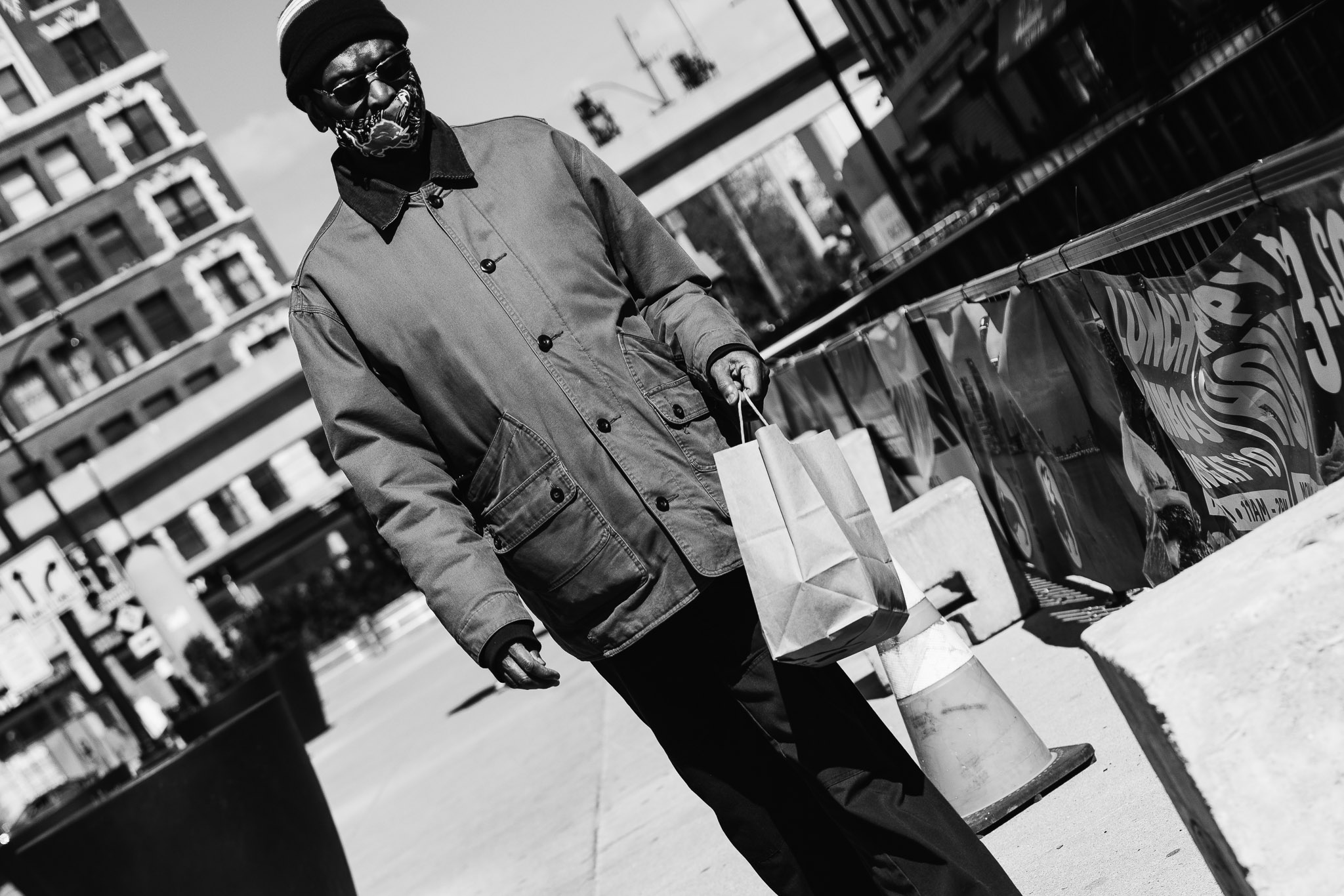
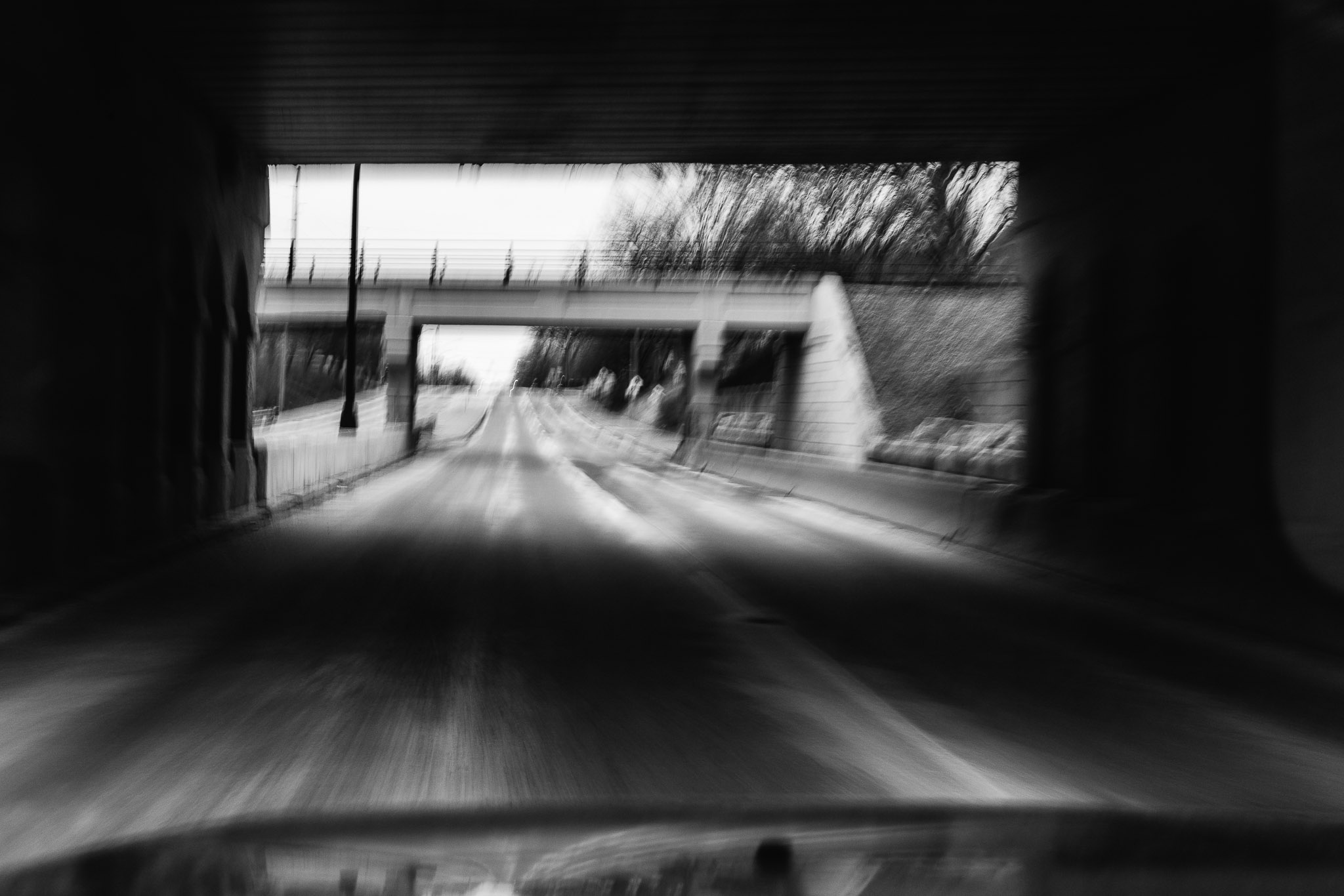
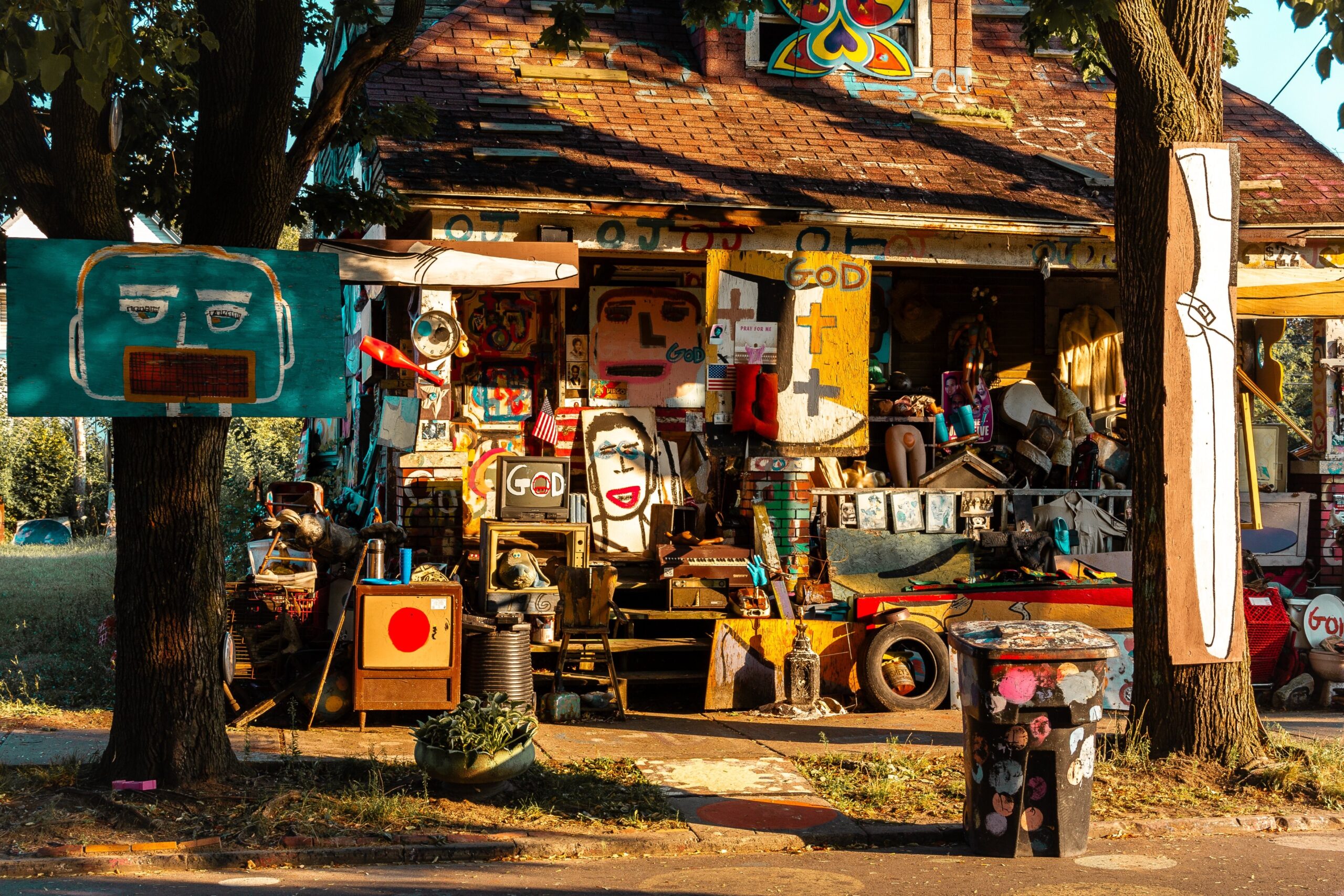
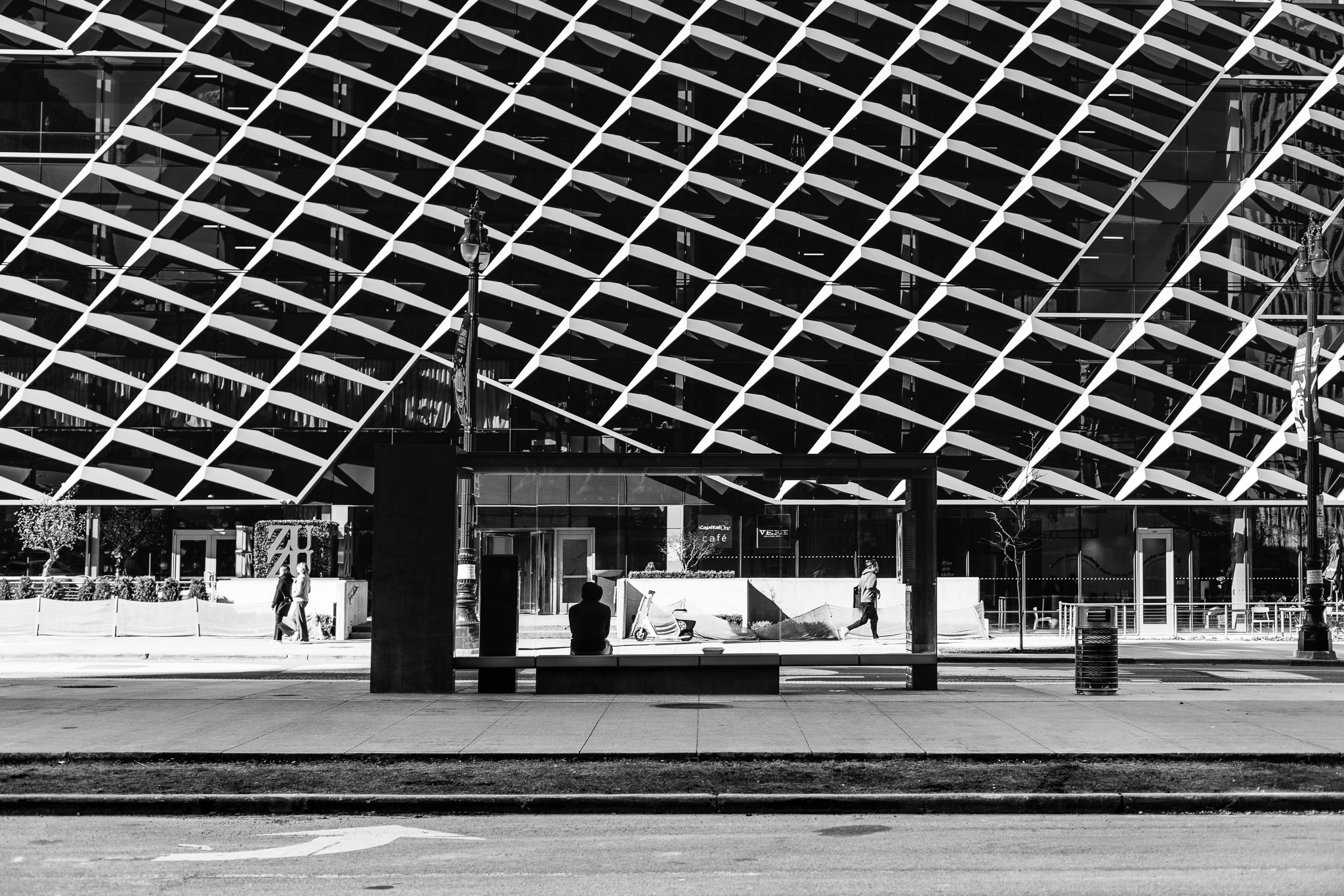
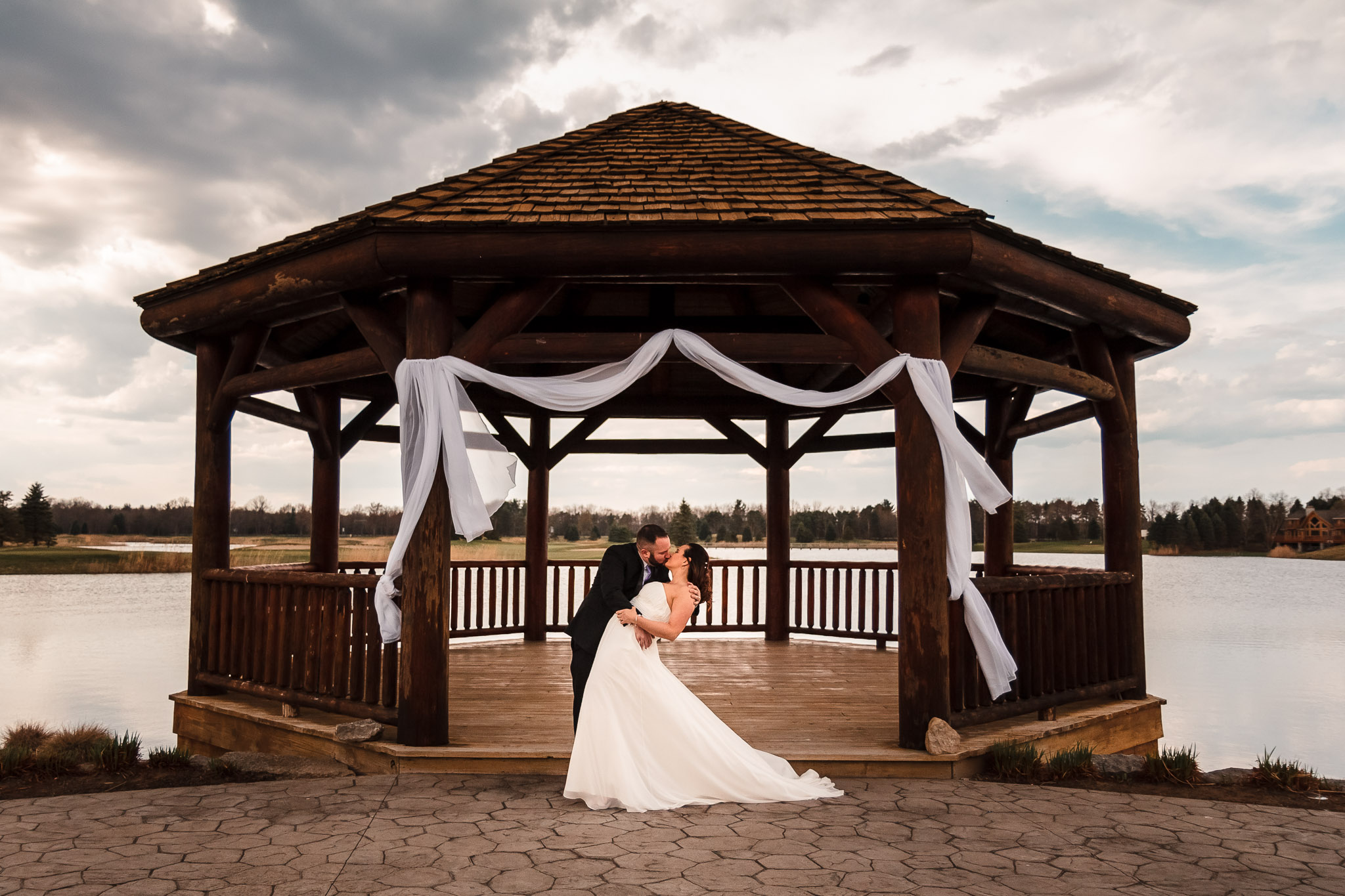
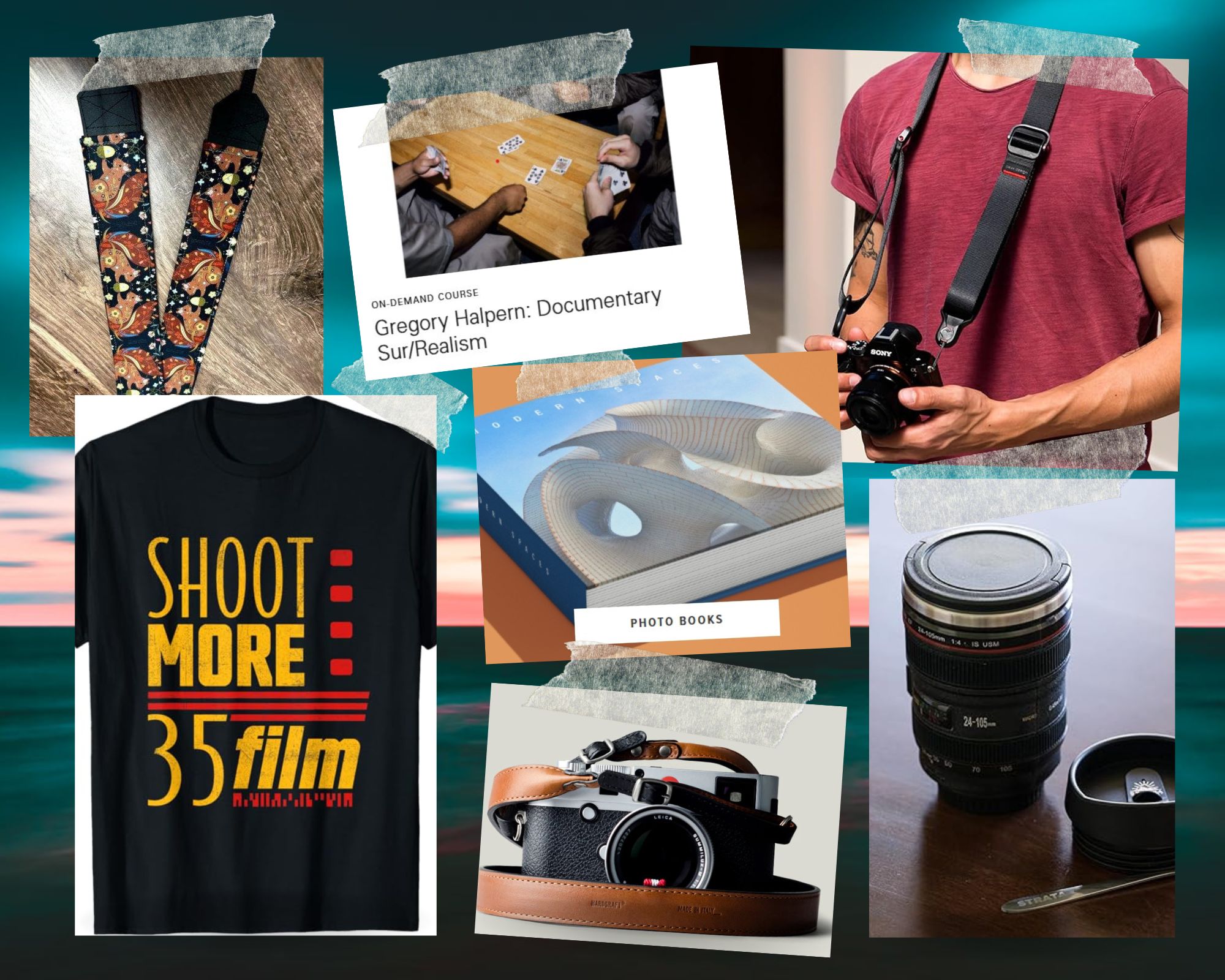
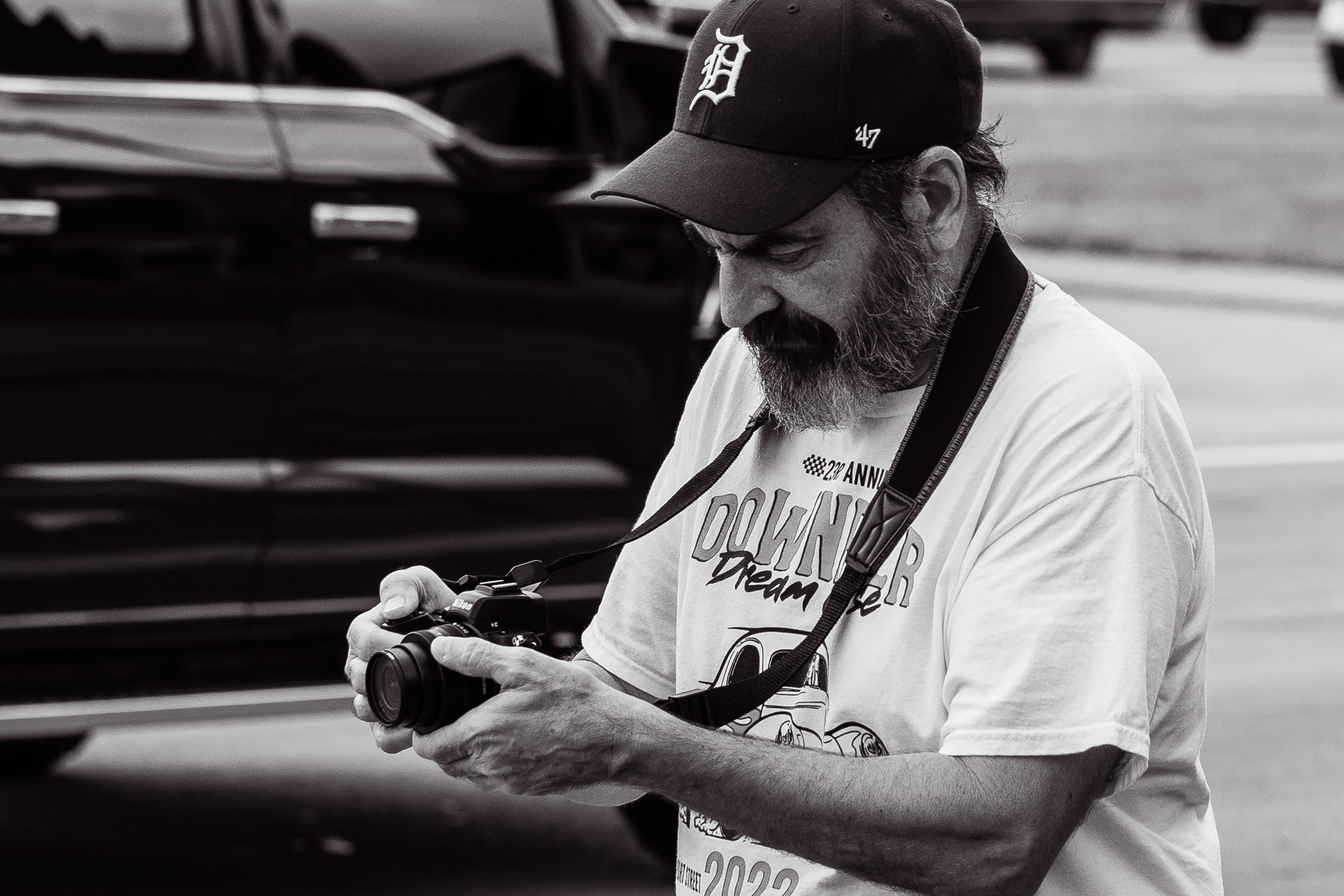
Another relatable post. I am a queen of sly shots and shots from moving cars. I have, however, just this year become brave and started asking people if I can photograph them. While I far prefer candids, I’ve gotten a couple great smiling ones this way. Vietnam makes it easy, as people here are SO nice and agreeable.
Thanks for stopping by and reading KC. And thanks for that extra tip. I prefer candid as well but stopping and asking is a good option for some. I’m probably too shy to pull it off but it’s a good challenge I think about sometimes lol